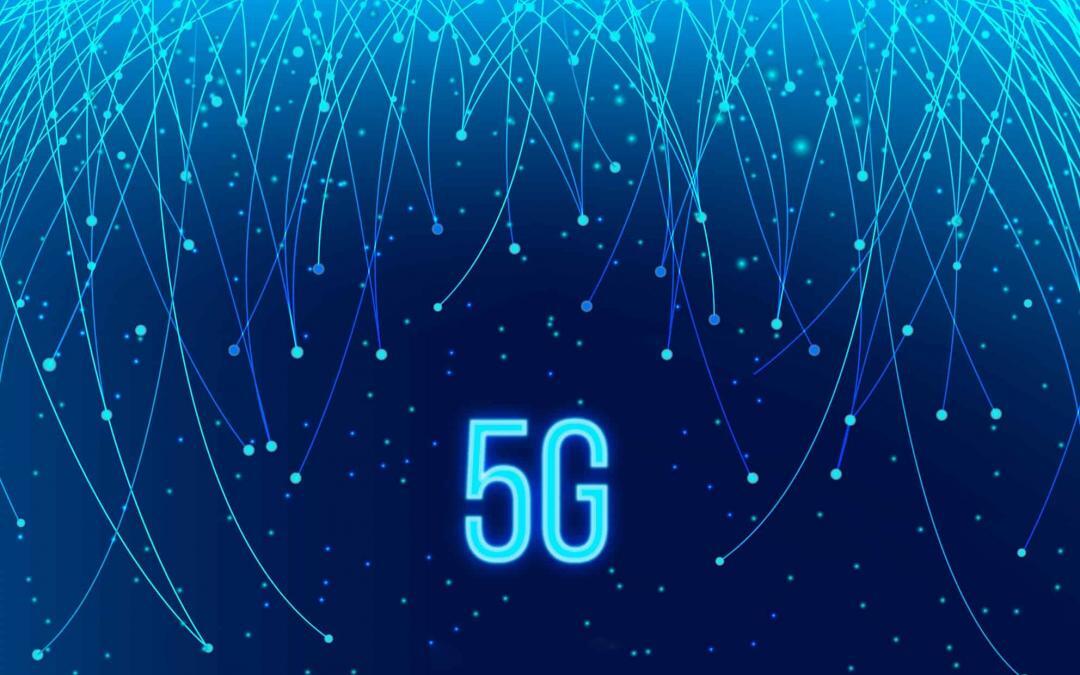What exactly is fiber optical cabling and what can we expect from 5G?
Before we begin, what exactly is fiber optical cabling? While the majority of locations now this astonishing technology, especially within recent years how does it actually work?
Fiber optic cabling sends information coded in a beam of light through either glass or plastic pipes, actually developed in the mid-1990s, however, only recently used for super-fast broadband and telephone speeds.
The fiber optic cable itself is made up of super-thin strands of glass or plastic, these are known as optical fibers. This cable may contain as few as two or three strands or hundreds, depending on the location and the desired speed which is required.
These fiber optic cables allow the transport of coded information between two locations, all done through the power of optical light technology. For example, if you were playing an online video game with another user, the cable would transport the information at this almost non-existent speed to the other user and back and forth, relaying this information and essentially keeping you online while being able to see what the other user is doing and how they are doing it.
However, what about 5G connection?
5G connection
If 5G hasn’t reached your area just yet, then definitely be on the lookout! Already, over the past few months, four major cell phone carriers in the United States have some form of 5G – insanely fast mobile WIFI.
Optical fiber cabling can exist without 5G, but 5G cannot exist without optical fiber. 5G itself stands for fifth-generation cellular wireless, an upgrade from the previous 4G which is more or less currently everywhere you go – except perhaps less developed countries.
5G works on radio waves, the ‘G’ in 5G actually stands for wireless technology. As you’ve probably noticed, unlike your fiber optical cabling or broadband at home there are no wires, except of course the ones which plug into the wall and into the HUB.
With 5G stepping up to the Adults table we can expect lower latency speed, bigger channels, and the ability to connect a handful of devices at once without sacrificing on overall wireless speed. Therefore, this ultimately results in faster data, less interruption, greater responsiveness, and sensors for smart devices – all in all achieving a much stronger, faster, and more predictable wireless network on the go.
What about the economy?
Both fiber optic cabling and especially 5G is going to have a profound effect on the global economy. In an article from Orange – the popular cell phone network mentions 5G to connect cars to roads, patients to medical devices and doctors, overall smarter cities, and even making traveling safer through self-driving vehicles.
Crazy, right?
However, currently, public transport is taking the drivers seat – quite literally. Passengers will be offered high-speed connectivity as well as increased safety on board vehicles with 5G aiding connection to first aid responder services, real-time video surveillance and smart analytics – enhancing overall customer experience in the public transport sector.
While fiber optic is already enrolled in many countries and many cities across the world, 5G is set to be an absolute game-changer – changing how the world works.

